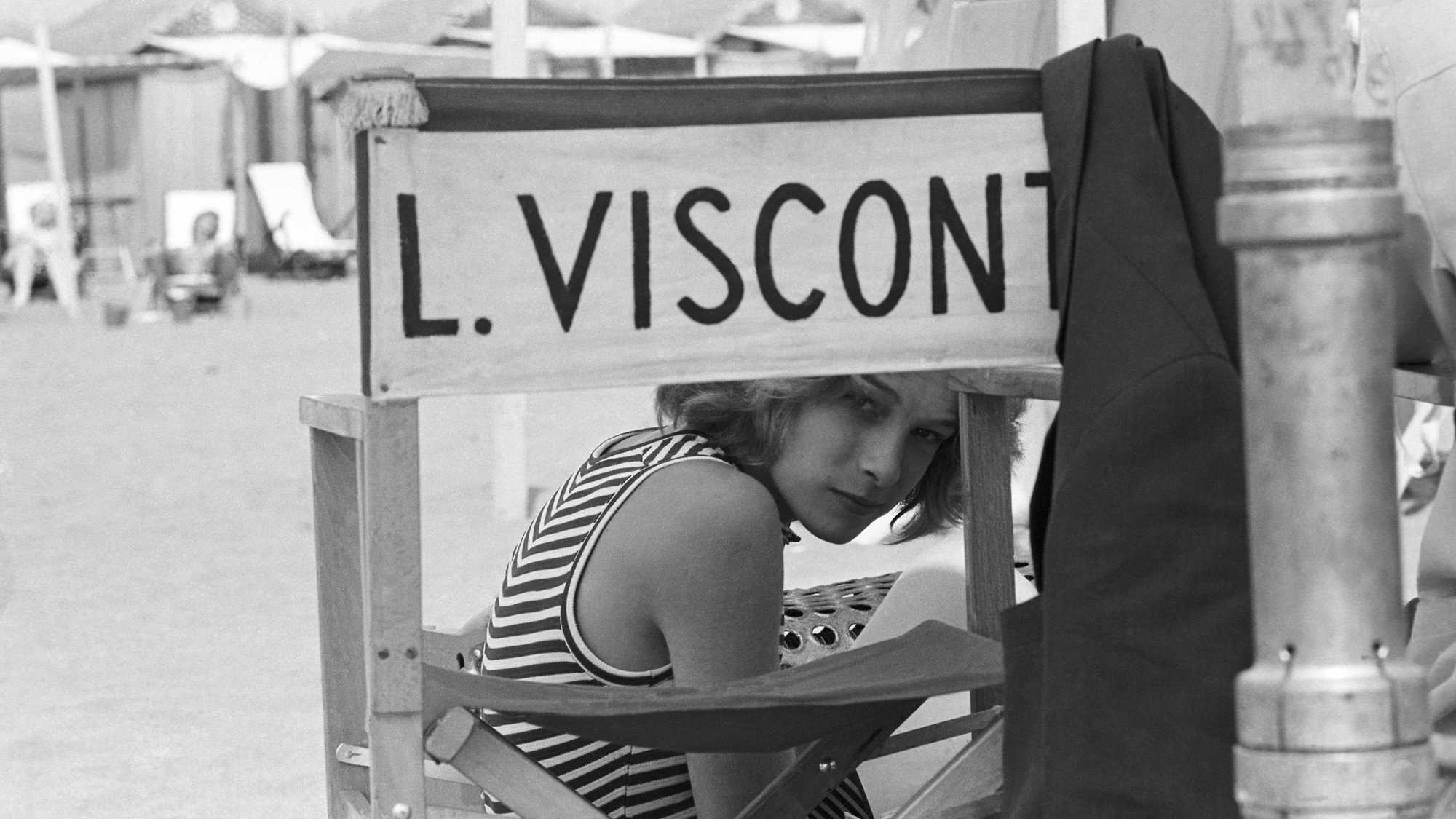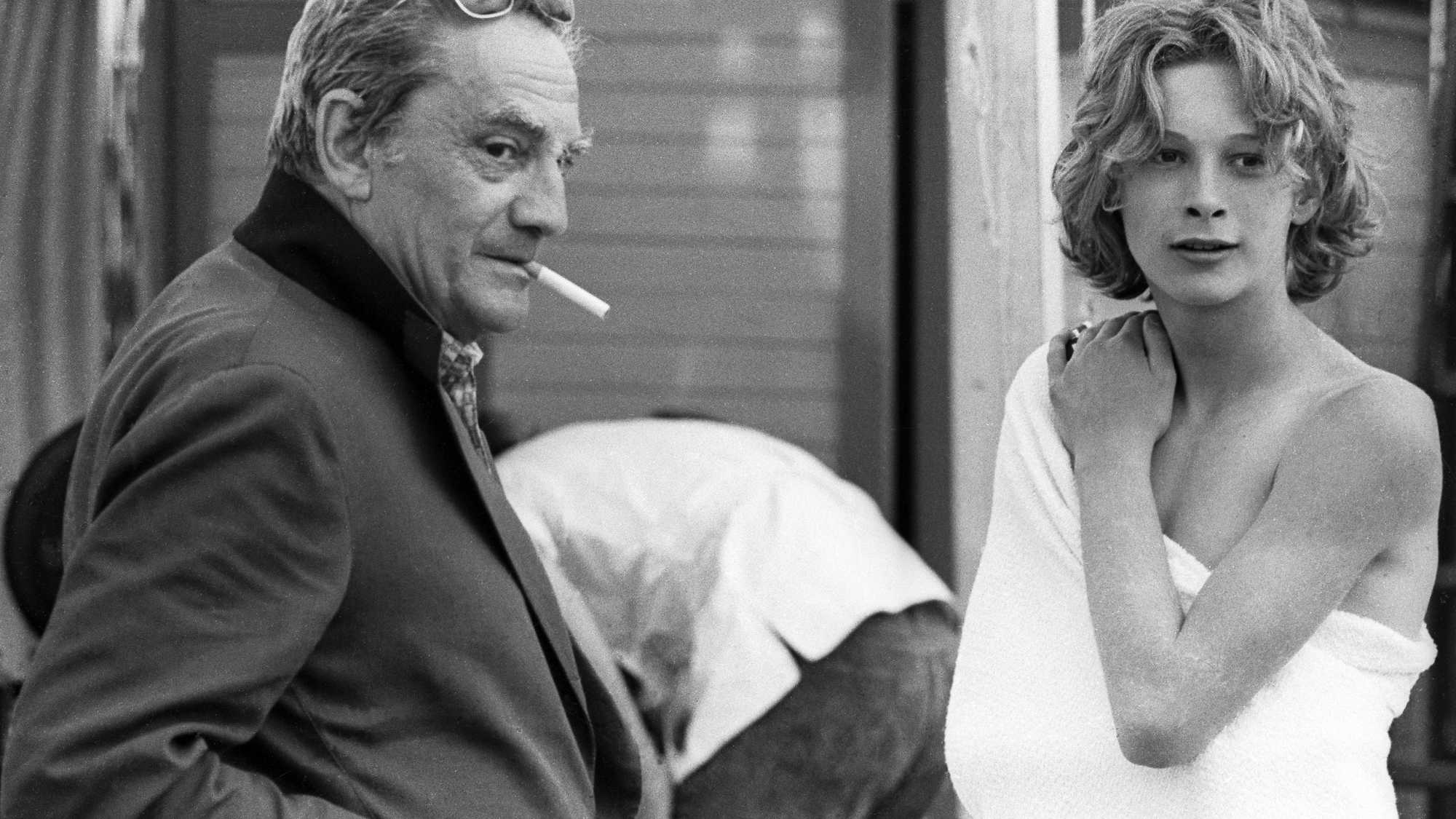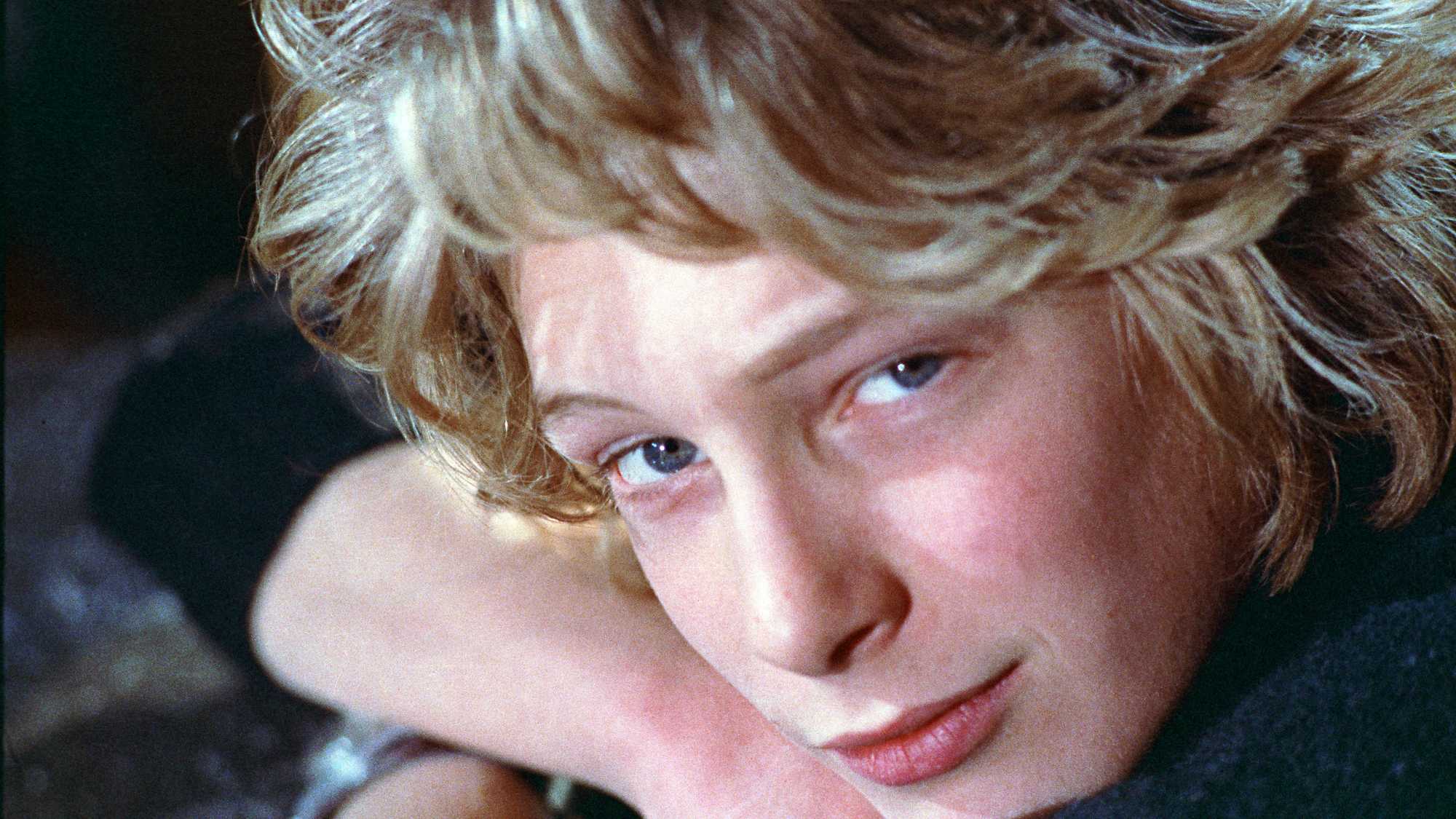As Tadzio in Death in Venice, Björn Andrésen electrified audiences worldwide with his fragile beauty. Fifty years later, his life is still haunted by the fallout from the role that made him recognised, and coveted, across the globe.



A constantly unfolding detective story, notable for great archive footage and a deep kindness towards its reticent yet wide-open subject.
Screened as part of NZIFF 2021
The Most Beautiful Boy in the World 2021
Världens vackraste pojke
London, 1971. Luchino Visconti premieres Death in Venice and introduces his young star, teenager Björn Andrésen, as “the most beautiful boy in the world”. Half a century later, living in squalor and on the verge of eviction, Andrésen’s youthful beauty is barely recognisable, but the vulnerability that made him a compelling screen presence and worldwide star remains overwhelming.
While The Most Beautiful Boy in the World paints an unflattering portrait of Visconti’s treatment of Andrésen, it also tells the story of a talented but troubled boy whose trauma began long before Visconti – and whose exploitation continued long after Venice left cinemas. From Japan, where he became a pop idol, to Paris, where a string of men took interest in the “beautiful boy”, Andrésen revisits the sites of his tragedy-filled life.
Filmed with grace and intimacy, and aided by a wealth of Super 8 behind-the-scenes footage of his youth, directors Kristina Lindström and Kristian Petri dodge sensationalism as Andrésen – most recently seen in an unforgettable, stomach-churning cameo in Midsommar (NZIFF 2019) – struggles with the burdens of his past. — Doug Dillaman
“Andrésen’s fraught past and complicated present merge into a single portrait of a man exposed to unimaginable grief and pain, so much of it care of a society that blithely consumes its most gentle citizens.” — Kate Erbland, Indiewire